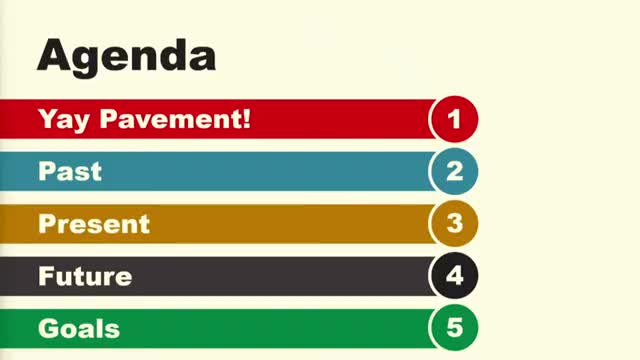City faces pavement crisis as funding falls short
September 26, 2024 | Wenatchee City, Chelan County, Washington
This article was created by AI summarizing key points discussed. AI makes mistakes, so for full details and context, please refer to the video of the full meeting. Please report any errors so we can fix them. Report an error »

During a recent government meeting, city officials discussed the current state and future of the city's pavement program, highlighting significant challenges and potential funding solutions. The city currently manages 244 lane miles of pavement, with a Pavement Condition Index (PCI) that has seen a decline from 70 in 2019 to 66 in 2024. This drop reflects a concerning trend in deferred maintenance, which has reached approximately $80 million.
The meeting emphasized the importance of maintaining a PCI of 70, which is considered the industry standard for road conditions. To achieve this, officials indicated that an immediate investment of $7 million would be necessary, followed by annual funding of around $4.2 million. However, the city is currently allocating only $2.2 million annually, leading to a significant funding gap.
Various funding options were proposed to address this shortfall. These include utilizing uncommitted real estate excise tax funds, reinstating a vehicle licensing fee, and potentially implementing a voter-approved property tax levy. A two-tenths of a percent increase in the transportation sales tax was also suggested as a viable solution, which could generate sufficient revenue to cover the funding needs.
Officials noted that the rising costs of asphalt and other materials, influenced by fluctuating oil prices, further complicate the situation. The discussion underscored the urgency of addressing the pavement program's funding to prevent further deterioration of the city's roads and to manage the growing backlog of maintenance needs.
As the city prepares to engage with residents on potential funding measures, officials stressed the importance of community input and support for any proposed tax increases. The council is expected to deliberate on these options in the coming months, with a focus on ensuring the sustainability of the city's infrastructure.
The meeting emphasized the importance of maintaining a PCI of 70, which is considered the industry standard for road conditions. To achieve this, officials indicated that an immediate investment of $7 million would be necessary, followed by annual funding of around $4.2 million. However, the city is currently allocating only $2.2 million annually, leading to a significant funding gap.
Various funding options were proposed to address this shortfall. These include utilizing uncommitted real estate excise tax funds, reinstating a vehicle licensing fee, and potentially implementing a voter-approved property tax levy. A two-tenths of a percent increase in the transportation sales tax was also suggested as a viable solution, which could generate sufficient revenue to cover the funding needs.
Officials noted that the rising costs of asphalt and other materials, influenced by fluctuating oil prices, further complicate the situation. The discussion underscored the urgency of addressing the pavement program's funding to prevent further deterioration of the city's roads and to manage the growing backlog of maintenance needs.
As the city prepares to engage with residents on potential funding measures, officials stressed the importance of community input and support for any proposed tax increases. The council is expected to deliberate on these options in the coming months, with a focus on ensuring the sustainability of the city's infrastructure.
View full meeting
This article is based on a recent meeting—watch the full video and explore the complete transcript for deeper insights into the discussion.
View full meeting
